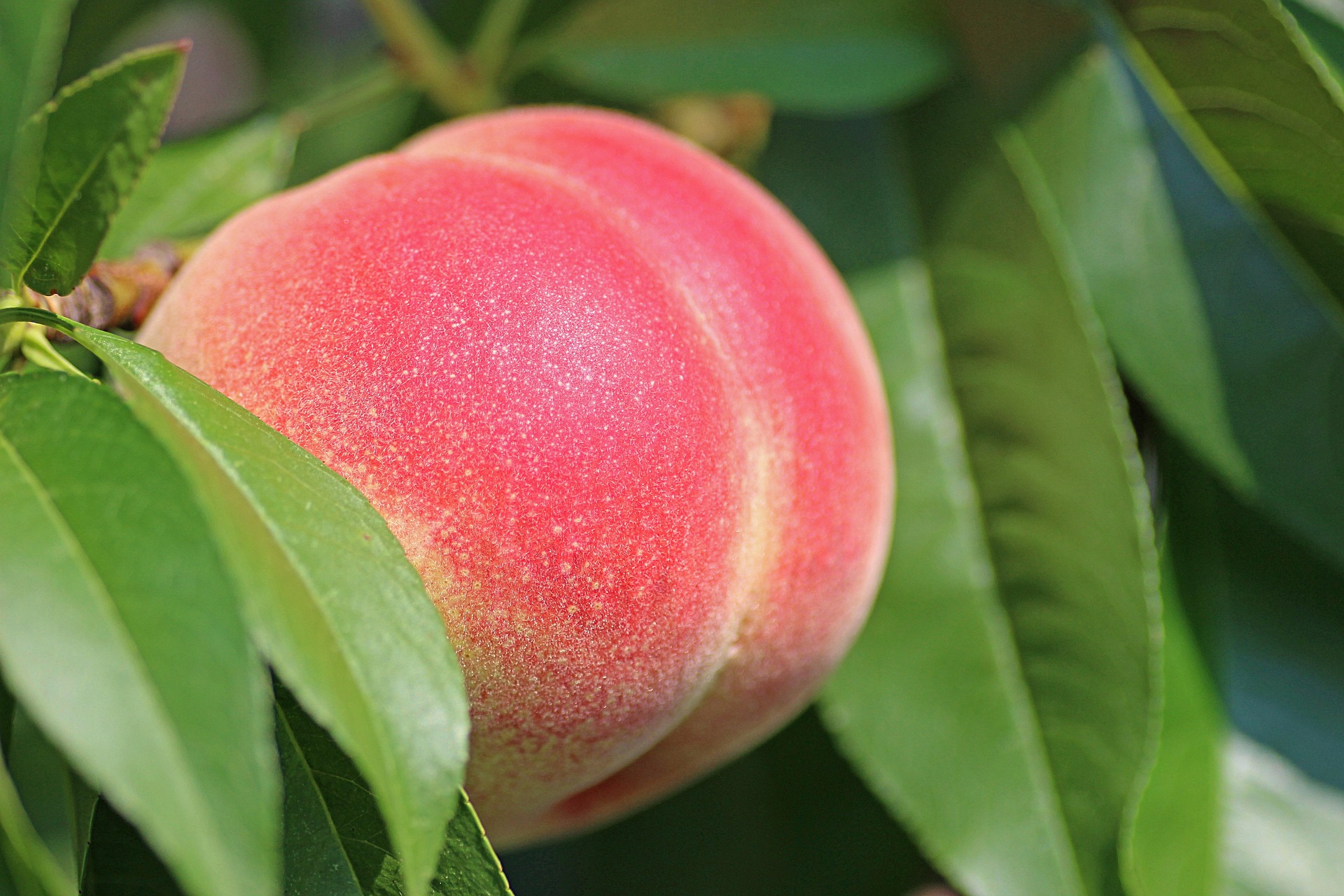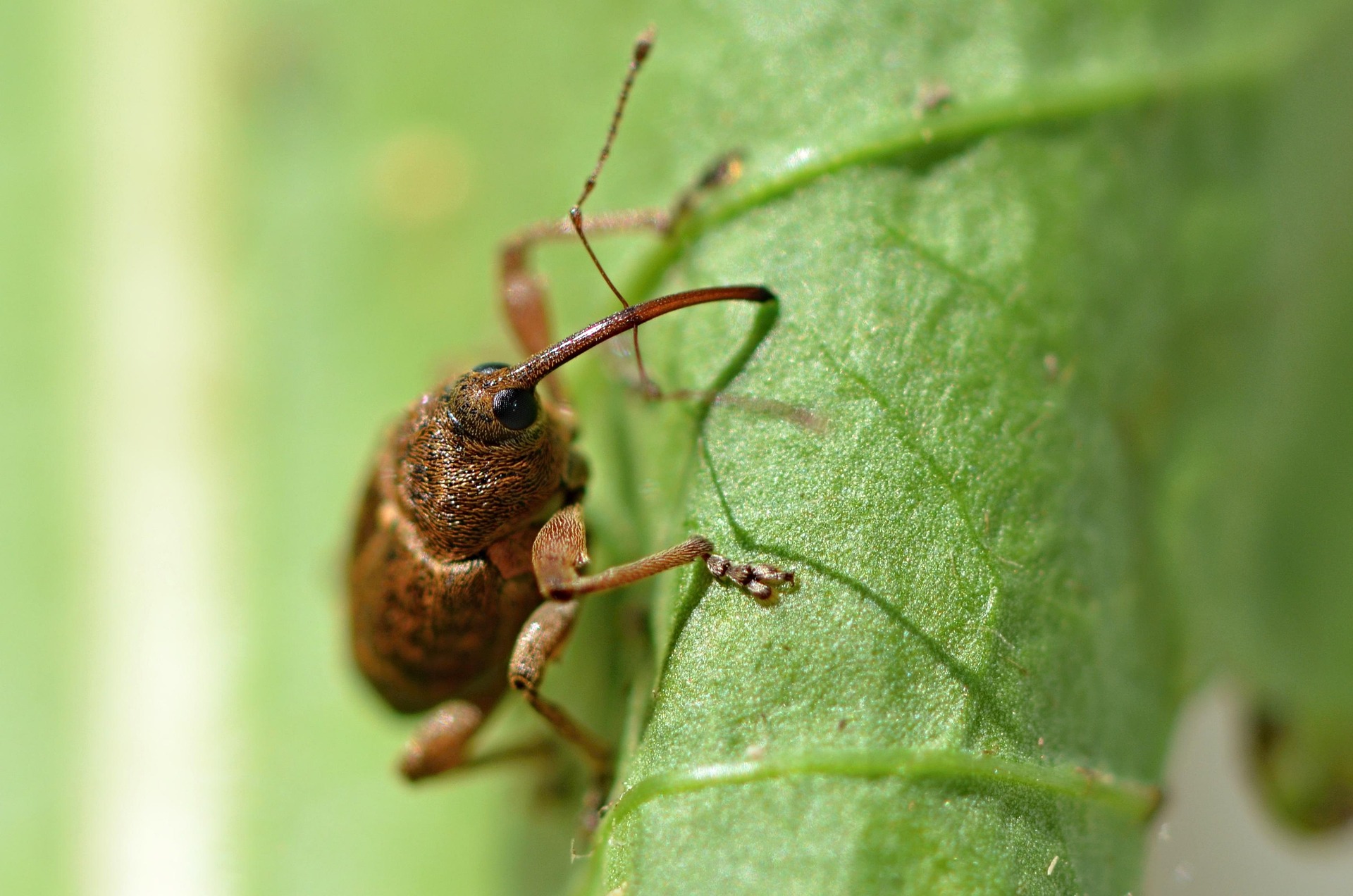The Plum Curculio is a major pest of stone and pome fruits, especially plums, peaches, apples, and cherries in North America.
Spray Schedule
Plum Curculio Spray Schedule Chart (may vary by region)
| Stage | Timing | Target | Recommended Products | Notes |
|---|---|---|---|---|
| Petal Fall | When most petals have dropped | Adult curculios | Conventional: Imidan, Sevin, Asana Organic: Surround WP, Spinosad (Entrust) | First critical spray. Avoid bloom. Bees are no longer active. |
| 1st Cover Spray | 7–10 days after petal fall | Egg-laying curculios | Same as above | Reapply sooner if heavy rain occurs. |
| 2nd Cover Spray | 7–10 days after 1st cover | Ongoing egg-laying | Same as above | Continue to monitor for new fruit scars or drops. |
| 3rd Cover Spray optional | 7–10 days after 2nd cover | Late-season activity | Same as above | Only if needed, especially in high-pressure areas or Southeast US. |
| Monitoring | Start before petal fall | Adult migration | Traps, limb jarring, fruitlet inspection | Begin scouting when temps reach 60°F. |
| Clean-Up & Sanitation | Throughout season | Larvae in dropped fruit | Collect and destroy dropped fruit | Reduces next year’s population. Weekly checks recommended. |
| Off-Season Prep | Late summer/fall | Overwintering adults | Light tilling, orchard sanitation | Disturb soil and remove leaf litter where adults overwinter. |
✅ Product Details & PHI (Pre-Harvest Interval)
| Product | Type | PHI (Days) | Key Notes |
|---|---|---|---|
| Imidan (phosmet) | Conventional | 7–14 | Restricted use in some areas |
| Sevin (carbaryl) | Conventional | 3–7 | Toxic to bees; use post-bloom only |
| Asana (esfenvalerate) | Conventional | 21 | Long PHI; very effective |
| Surround WP (kaolin clay) | Organic | 0 | Apply before activity begins; frequent reapplication |
| Entrust SC (spinosad) | Organic | 7 | Effective for light infestations |
Additional Information

What is Plum Curculio?
The Plum Curculio is a small, snout-nosed beetle (a type of weevil) that damages fruit by feeding and laying eggs inside developing fruit. It is especially problematic in home orchards and organic fruit production, where chemical controls are limited.
Identification
Adult Beetles:
- Size: ~4–6 mm (1/5 inch)
- Color: Brownish-gray with mottled patterns
- Snout: Long and curved (weevil characteristic)
- Legs: Have a rough, bumpy texture
Larvae:
- Small, legless grubs with white, curved bodies and brown heads
- Develop inside the fruit
Life Cycle
- Overwintering: Adults overwinter in leaf litter, woodland edges, or hedgerows.
- Spring emergence: When temperatures exceed ~60°F (15.5°C), adults emerge and migrate to orchards.
- Feeding and egg-laying: Females make crescent-shaped cuts in young fruit and deposit eggs.
- Larval development: Larvae hatch and feed inside fruit, causing premature fruit drop.
- Pupation: Larvae exit dropped fruit, burrow into soil, and pupate.
- New adults emerge: Depending on location, one or two generations may occur per year.
Damage Symptoms
- Crescent-shaped scars on fruit skin (egg-laying marks)
- Premature fruit drop
- Misshapen or pitted fruit
- Internal fruit damage with tunneling and frass
Gummosis from Plum Curculio
Gummosis is the oozing of sticky, amber-colored sap from a tree, and when it’s caused by Plum Curculio, it’s a defensive response by the tree to insect injury.
What’s Happening?
When a Plum Curculio female lays eggs, she punctures the fruit skin or twig with her snout, and may also make a crescent-shaped scar to prevent the fruit from healing over the egg.
If the beetle damages young peach or plum fruit, or in some cases young bark, the tree may respond by producing gum (sap) at the site to seal off the injury.
This is what you see as gummosis.
What It Looks Like
- Clear to amber sap blobs oozing from:
- Fruit (less common)
- Small twigs or branch crotches near fruit clusters
- Sometimes mixed with sawdust-like frass if the injury is deeper
- Can harden and turn dark over time
Why It Matters
- Gummosis alone won’t kill the tree, but it’s a sign of stress or pest damage
- Repeated Plum Curculio attacks can lead to:
- Loss of fruit
- Twig dieback
- Entry points for disease (e.g., Cytospora canker)
Note:
Gummosis can also be caused by borers, mechanical damage, or fungal diseases like Cytospora, so make sure you confirm that the cause is Plum Curculio by checking for:
- Egg-laying scars
- Early fruit drop with larvae inside
- Curculio adults in traps or by shaking branches
When to Monitor:
- Early spring through fruit set
How to Monitor:
- Use beating trays or shaking limbs over a cloth to dislodge beetles
- Monitor temperature (watch for 50–60°F soil/air temps)
- Observe for crescent scars on fruitlets
- Use traps (e.g., pyramid or limb-jarring traps with attractants)
Control Methods
1. Cultural Controls
- Sanitation: Remove and destroy dropped or infested fruit
- Prune trees to improve air flow and access for treatments
- Tillage: Light soil disturbance in late summer may disrupt pupation
2. Physical Controls
- Bagging fruit (labor-intensive but effective)
- Sticky traps or bands to catch adults
3. Biological Controls
- Natural enemies include:
- Parasitic wasps (Hymenoptera)
- Nematodes for larvae in soil
- Encourage predators like birds and beneficial insects
4. Chemical Controls
- Timing is critical!
- Apply insecticides at:
- Petal fall (just after flowering)
- Follow-up sprays during fruit development (especially after rain)
- Common active ingredients:
- Carbaryl
- Esfenvalerate
- Phosmet
- Organic: Spinosad or Kaolin clay (Surround®) as deterrent
⚠️ Always follow local guidelines and label instructions for pesticide use.
Regional Considerations
- Northern US & Canada: Usually 1 generation per year
- Southeast US: 2–3 generations possible due to longer warm season
Can I save my fruit if infected? NO, but…
If your peaches are already infected with Plum Curculio, don’t worry — while you can’t save the fruit that already has larvae inside, you can still protect the rest of the crop and prevent a worse infestation next season.
Step-by-Step: What to Do After Infection
1. Identify the Damage
Look for:
- Crescent-shaped scars on fruit — a sure sign of egg-laying
- Premature fruit drop — means larvae are inside
- Frass (sawdust-like excrement) or tunnels if you cut open dropped fruit
💡 Fruit with larvae inside cannot be saved. Focus on prevention from this point forward.
2. Remove and Destroy Dropped Fruit
- Critical step to break the life cycle
- Larvae leave the dropped fruit and burrow into the soil to pupate
- Do this every few days until drop stops
- Don’t compost this fruit — bag and trash it or burn it (if permitted)
3. Spray Remaining Fruit ASAP
Even if damage has begun, new eggs can still be laid in uninfected fruit.
Apply a cover spray to kill any remaining adult beetles.
Recommended Products (depending on your approach):
| Type | Options | Reapply |
|---|---|---|
| Conventional | Sevin (carbaryl), Imidan (phosmet), Asana (esfenvalerate) | Every 7–10 days or after rain |
| Organic | Surround WP (kaolin clay), Spinosad (Entrust SC) | Every 5–7 days or after rain |
⚠️ Always follow pre-harvest intervals (PHIs) — for peaches, this can be 7 to 21 days depending on the product.
4. Till or Disturb Soil (Post-Harvest)
After harvest, lightly till the soil under trees to expose pupating larvae to predators or weather. This helps reduce next year’s curculio population.
5. Plan for Next Year
To stop the cycle permanently:
- Start sprays at petal fall next spring — don’t wait for damage
- Use traps or monitor temperatures to time your first spray
- Apply kaolin clay early if growing organically
Quick Recap: After Infection
| Task | Why It Matters |
|---|---|
| Remove dropped fruit | Stops larvae from maturing in soil |
| Spray remaining fruit | Prevents more eggs from being laid |
| Till soil in late summer | Disrupts pupation |
| Prep early for next year | Keeps population from bouncing back |

No responses yet